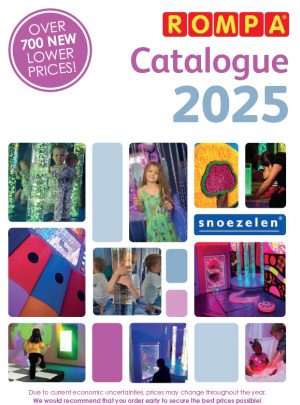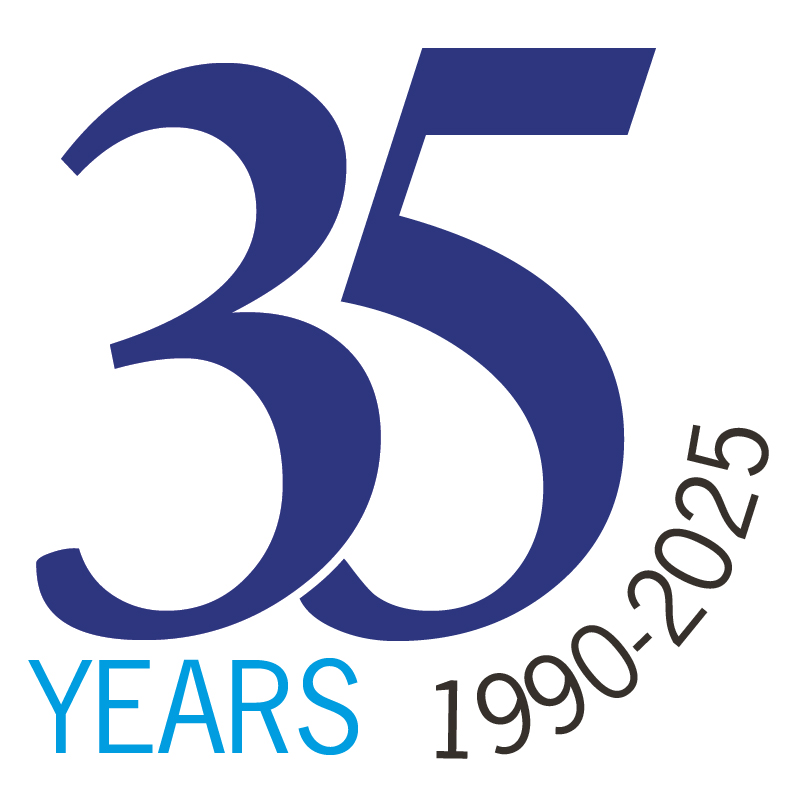More than a third of students with special educational needs and disabilities (SEND) experience bullying while in mainstream education1. While bullying at this age often stems from a lack of understanding, for those in the receiving end, the issue often follows them into later life. In fact, according to a Dimensions survey, 73% of those with a learning disability or autism have been subject to hate crimes, with 78% feeling they were targeted due to their disability2.
Education will be key to overcoming this shocking statistic. We must equip our teachers with the resources and knowledge to inform the students in their care, and ensure children grow not only to understand, but to champion diversity and difference.
Discussing difference
Children who are taught about diversity at a young age are often more accepting of those who are different from themselves. While this can be a challenging topic to introduce to the classroom, teachers must feel able to approach this topic with their students.
As part of the #ImWithSam campaign, Dimensions has developed a KS3 lesson plan that can support teachers in discussing difference and diversity. Focusing on three key themes – health and wellbeing, relationships, and living in the wider world – the plan offers a number of useful activities designed to raise questions and encourage positive discussion.
Encouraging communication

Some 75% of young people with autism have experienced bullying and, alarmingly, half do not feel safe while at school 3. It is imperative that these students can speak up, yet this often isn’t the case — many children with learning disabilities and autism who experience bullying often feel their concerns haven’t been heard, while bullying robs many of their confidence, leaving them afraid to report concerns.
Sometimes, it can be difficult for teachers and students to communicate, so we must better prepare our teachers to deal with incidents of bullying involving those with learning disabilities and/ or autism. Teachers should be aware of any behaviours of distress, why they occur, and understand that these behaviours aren’t voluntary. Often simple measures, such as talking in a quiet environment, the presence of a parent, or the use of visual cues, can help students to open up, feel comfortable, and share their experiences4.
Overcoming ignorance
Bullying and hate crimes come in many forms, and go beyond verbal and physical abuse. Dimensions’ #ImWithSam campaign shared the stories of those with learning disabilities and autism and the hate crimes they have faced, from theft to sexual abuse, and ‘mate crimes’ where they are befriended and coerced out of money or possessions5.
Dimensions’ research shows educating our young people about difference is the most effective way to prevent such incidents from occurring6. Teachers should encourage empathy and understanding among their pupils by encouraging them to reflect on ways those with differences are perceived, judged, described and treated and the impact this can have; as well as ways to challenge and change these negative behaviours.
Overcoming bullying
Name-calling and exclusion on the playground can have a devastating impact on the lives of its victims. Past surveys show 56% of children with a learning disability have cried as a result of bullying, while 33% have hid away in their bedrooms7. Likewise, those bullied during their early years are up to three times more likely to self-harm once they reach adolescence.

We must equip teachers with the knowledge to educate pupils on diversity and end persistent bullying which disproportionately affects those who are seen as being different. After all, all children deserve to learn and grow free from fear or mockery, and those with special educational needs and autism are no different.
Author: Tracey Garcia, Involvement and Engagement Manager, and Dr Mark Brookes MBE, Advocacy Lead at Dimensions UK
1. https://researchbriefings.files.parliament.uk/documents/CBP-8812/CBP-8812.pdf
3. https://www.ambitiousaboutautism.org.uk/information-about-autism/in-education/bullying
6. https://www.dimensions-uk.org/wp-content/uploads/Im_With_Sam_Final_Dossier_REDUCED.pdf






